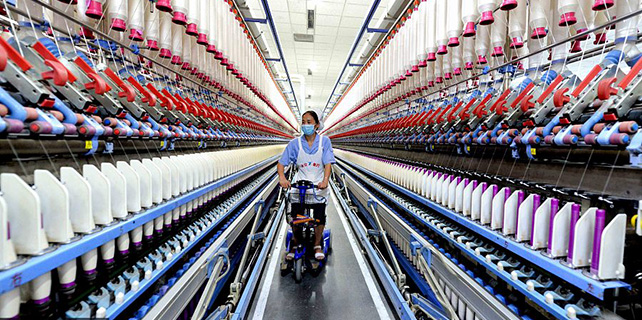Makeover with wallpaper
 |
|
Palm Jungle from the Contemporary Restyled collection [Photo/Cole & Son] |
Wallpaper paternity is a European bone of contention. "If the French were very good at drawings and patterns, the Britons made the major technical breakthroughs," says de la Hougue. "At the beginning of the 18th century, the English invented a machine that could join up to 24 sheets together, which made printing easier. They also set the trend of flocked wallpapers, whose texture imitated cut velvet – they are still a staple in wallcovering." Can you imagine that the French even employed spies to uncover the secret of these trendy wallpapers?
Without a doubt, the 19th century was the golden age of wallpaper. The steam revolution, which allowed the printing of large quantities of paper faster and at a lower cost, made it affordable for working-class homes. "Wallpaper was then considered as a necessity, as vital as food and home," says de La Hougue. It was an economical, clean and stylish alternative to painting and fabric; moreover, it was an easy way to bring fashion and art into one’s house. Indeed, wallpapers were infused by contemporary artistic movements: arts-and-crafts flower patterns, jazz-age and cubic-style designs, psychedelic swirls in the '70s and so on.
Though wallpaper went out of style for a couple of decades, the world has seen an incredible revival over the last 10 years. Used as an ornament to create an accent wall or as a plain background to set a cosy atmosphere, wallpapers are truly everywhere.






















